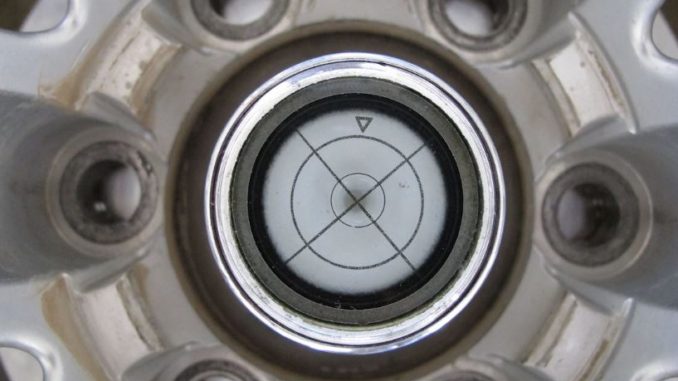
Ever wonder how mechanics and tire shops balanced tires before computers and electronic spin balancers existed?
They used gravity and physics in the form of a bubble.
A balance can be no more certain than that for which gravity is visually showing you. In that regard, bubble balancers provide better accuracy then most spin balancers which work to .25oz increments.
Bubble balancers came in a few different designs:
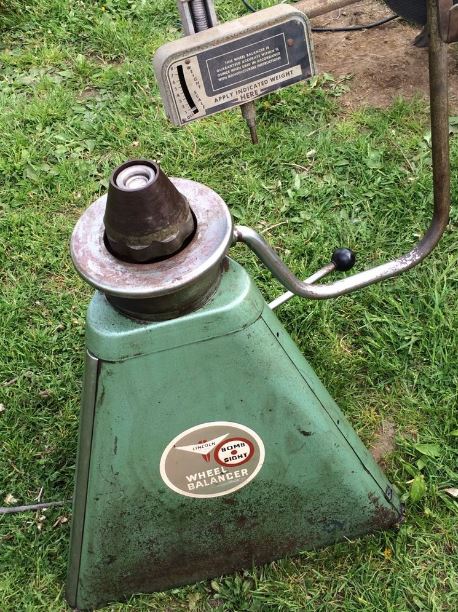
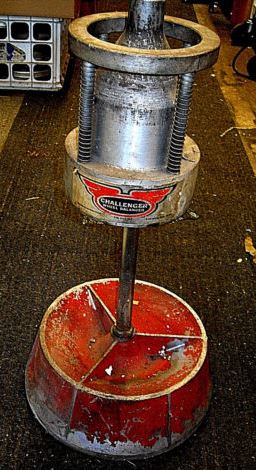
But they work on the same principle.
The top coned component rests on a pivot point, with a bubble indicator at the top.
The bubble is balanced to center before starting:
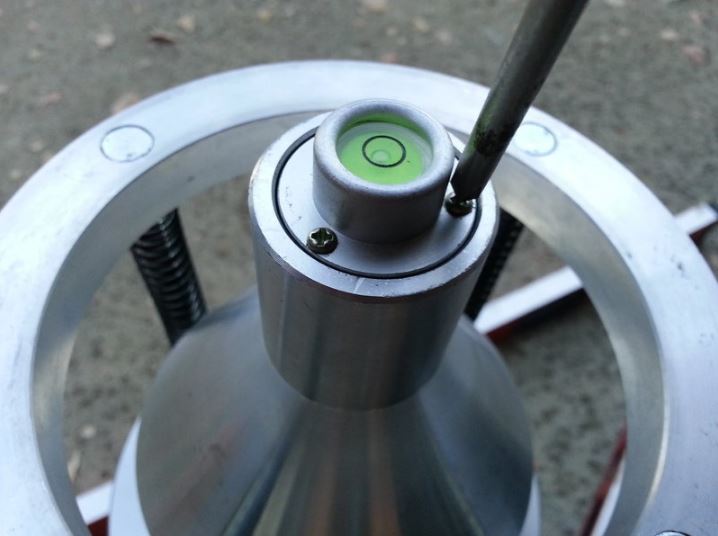
After the tire is placed on the balancer; the bubble will move relative to the light/heavy spot of the tire.
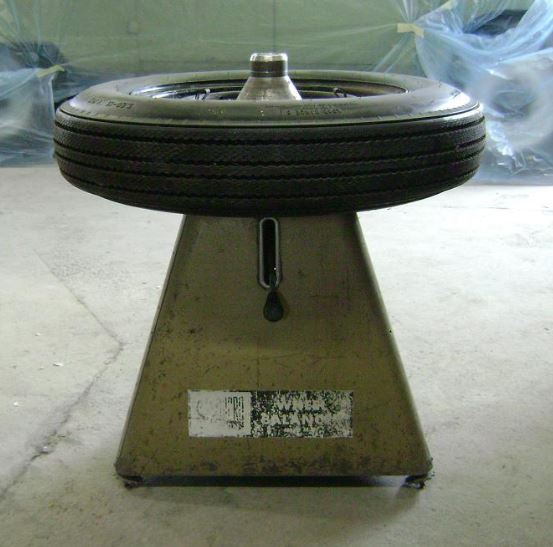

Once weights are placed on the light side, the bubble should come back to dead center; indicating a perfect static balance.
If using stick weights, weights should be placed dead center of the rim, or if using clip style weights the weights should be placed equally distributed between the front and back of the rim.
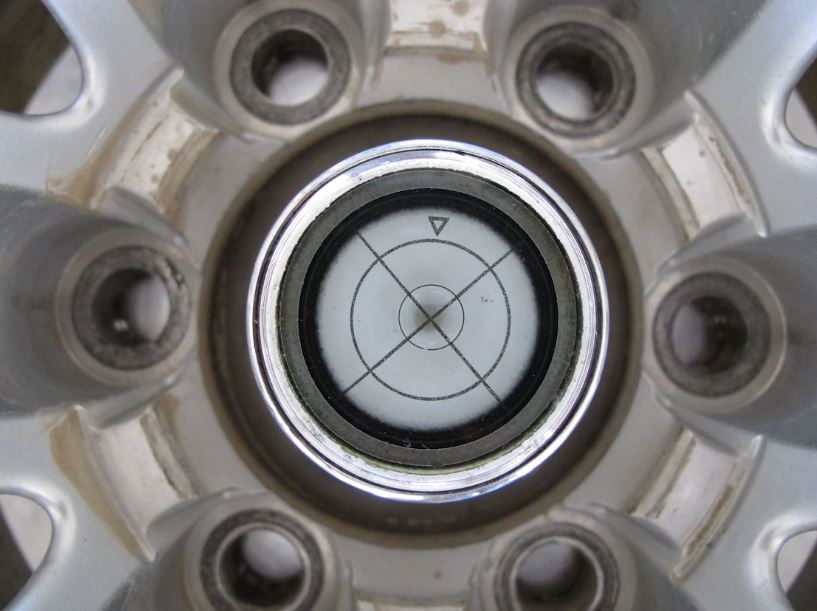
More visual learners can reference this video:
One thing a bubble balancer can not do is a dynamic balance, only static.
Those familiar with modern spin balancers know that even the modern machines still provide the choice of static balance or dynamic. So whats the deal with dynamic? and why provide the option?
In simplified terms; a static imbalance is imbalance up and down, while dynamic balance is imbalance side to side:
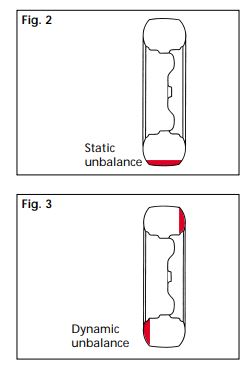
For a more in depth yet still understandable explanation:
So you’re thinking great, why wouldn’t everyone want a dynamic balance? Well, its not that simple. If you do a quick google search, it may seem that it really is that simple, but read-on, it really isn’t that black and white.
A static imbalance occurs at all times, while dynamic imbalance only occurs when the rotor is in motion. In the case of a solid rotor, dynamic balance can be more precisely calculated; however what happens if the rotor is flexible?
When the rotor (car wheel/tire in our case) is flexing as it spins, it is also changing the distribution of weight in the dynamic plane.
When a tire is being balanced dynamically on an electronic wheel balancer, it is free floating in the machine with no external forces, or at best has a small roller on it called “road force”.
However lets examine multiple cases in which a tire differs in the real world from free spinning:
Centrifugal forces: As the tire spins faster, the centrifugal forces on the tire force it to balloon outward.
This is hyper noticeable in RC cars:
But also applicable to cars, reference the same effect to a lesser extent on this cars tire:
Heat: As tires heat up, they get softer, as well as build pressure. In extreme cases this change can be over 10psi.
Weight of the vehicle on the tire as well as the effect of camber: Cars vary in weight, as they do in the amount of factory camber. The left to right distribution of a tire changes relative to both of these factors.
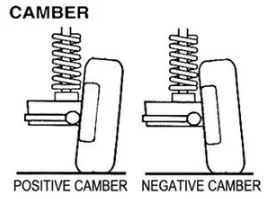
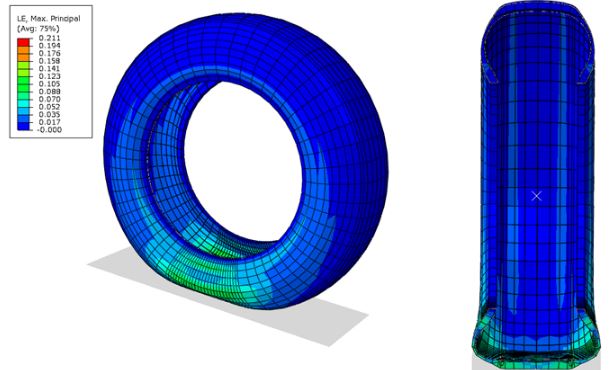
In contrast, static balance does not get affected much by many of these factors because:
1. Centrifugal forces cause the the tire to become more round with increased speed.
2. Increased pressure from heat has a similar effect to point 1
3. Camber and weight of the vehicle wear relatively evenly in the static plane.
Therefore, what some may notice track side, is that most race teams, with massive budgets, as well as speed land record racers almost all only statically balance tires.
Further, many race tire manufacturers recommend only static balancing:
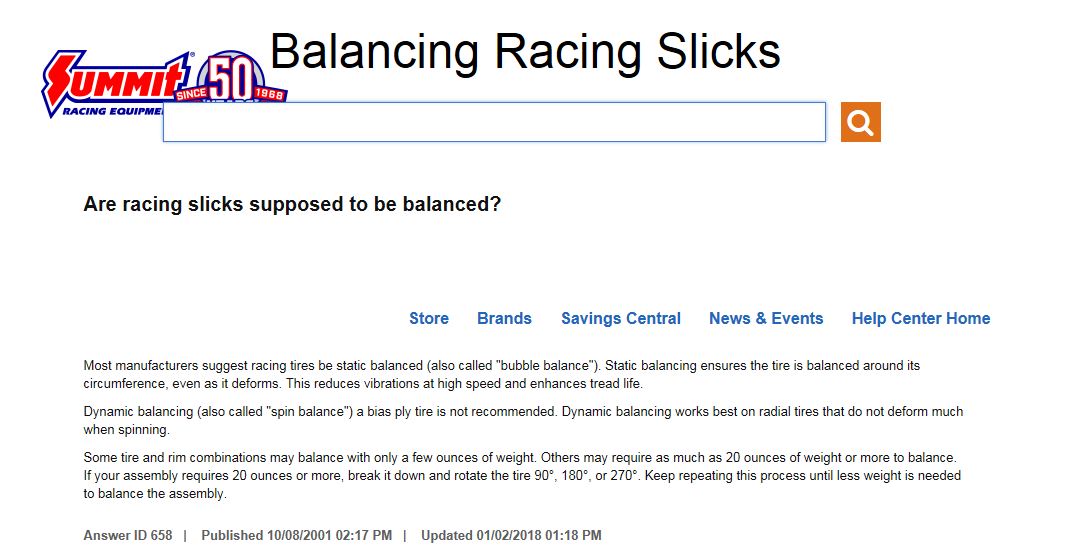
https://help.summitracing.com/app/answers/detail/a_id/658/~/balancing-racing-slicks
So now you hopefully understand that dynamic balancing, although great in theory, tends to cause its own imbalances given real world circumstances.
Do you trust the laws of physics and gravity more then a computer and a person? Why trust a computer that needs calibration and a dummy tech, when you can perfectly static balance a tire at home with a device that costs under $150?

It is really interesting that a static imbalance occurs at all times, including at a full stop. It might be good to have a static balancing tool though to make sure that your wheels are not at too much of an imbalance before you drive. This is something that I would love to invest in to make sure that my car is as close to balanced as possible.
Awesome sight and awesome article! Seems my 33×12.5r15 Mt tires would balance out great with a bubble balancer. I’ve had so many problems with spin balancing them I was about to just say screw it and live with the shakes. At my shop I use a rotary 180 balancer which is close to 10k new and it sucks ass! I’m headed over to the store to pick up a bubble balancer and some stick weights to give it a try!
OK I have an update; I have spent 70 bucks on a harbor freight bubble balancer and checked my tires that I balanced last week on the rotary spin balancer and they were way off! I pulled the weights off and started fresh, each wheel required about 4oz of weight applied to the center of the wheel. Long story short my 50mph steering wheel shimmy is now gone which has been there for a year since I got my new tires. I’ve tried numerous spin balancers with these 33×12.5r15 Mt tires with no secuss but a 70 dollar harbor freight wheel balancer got it done no problem.
One thing I had to do with my wheels/tires was find the heavy spot mark it remove the well clean it then put it back on the balancer. Next I lightly stuck the weights to the inside center if the wheel while laying on my back moving them around until it balanced out then removed the wheel stuck the weights down fully and then put it back on the balancer to double check. Kind of a long process but worked like a charm!!!!